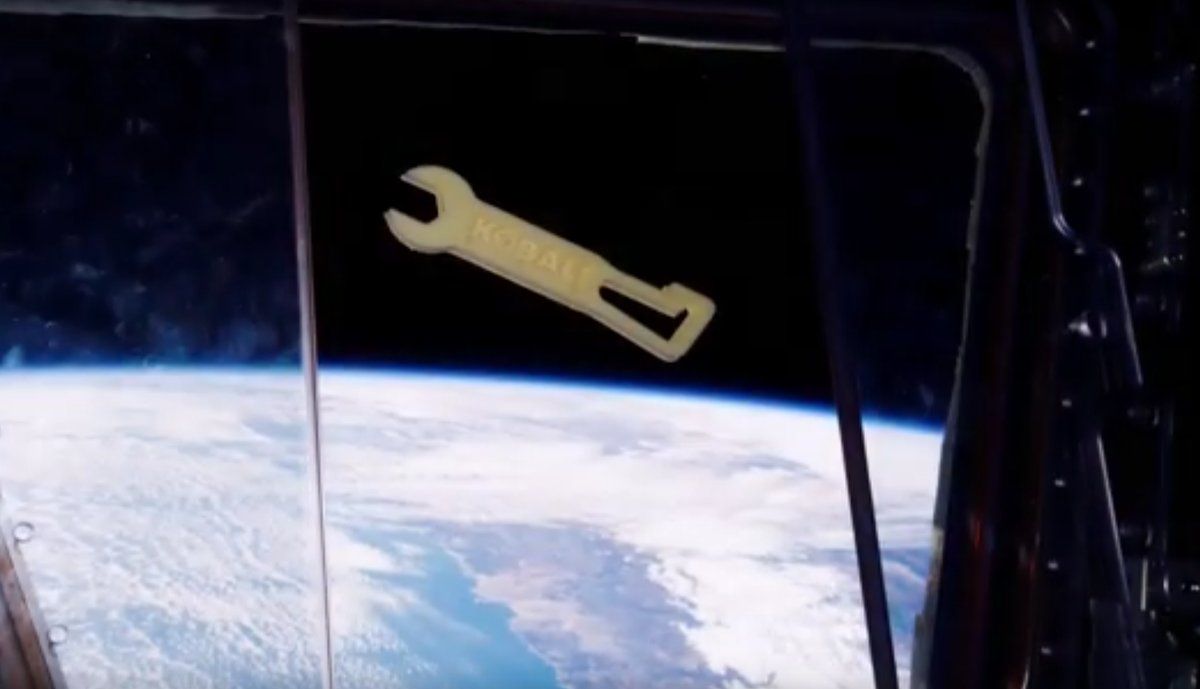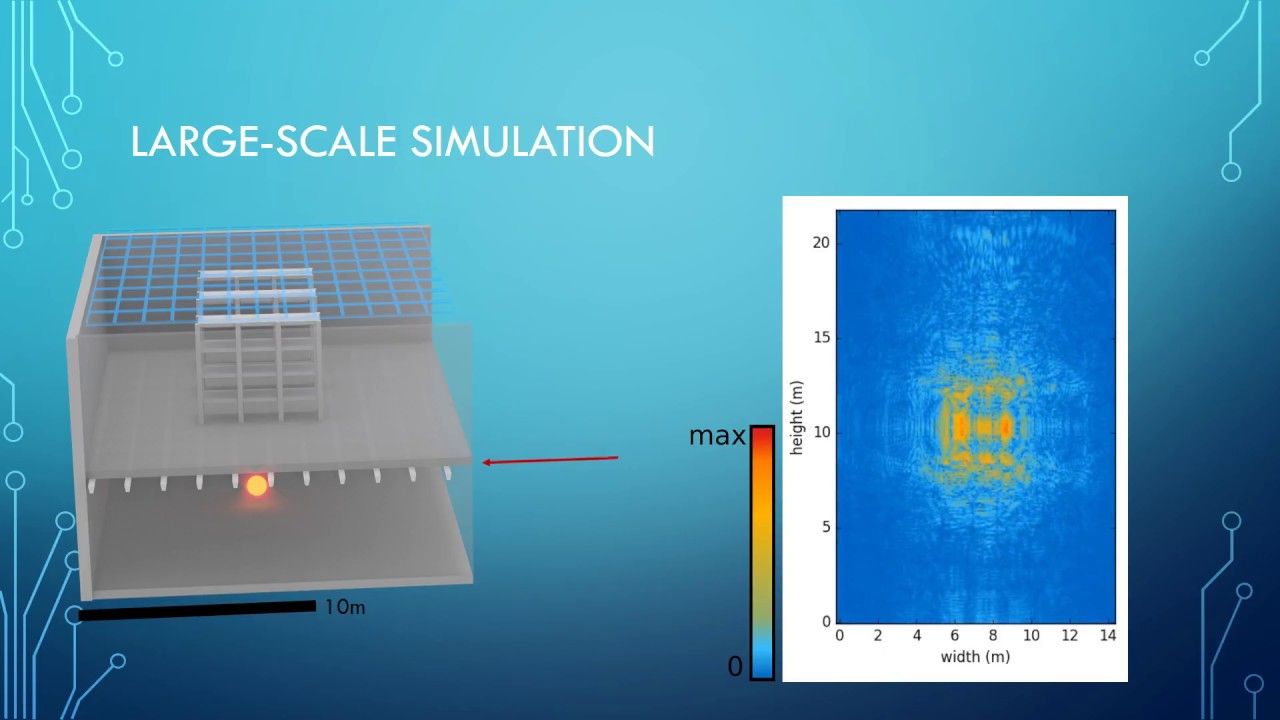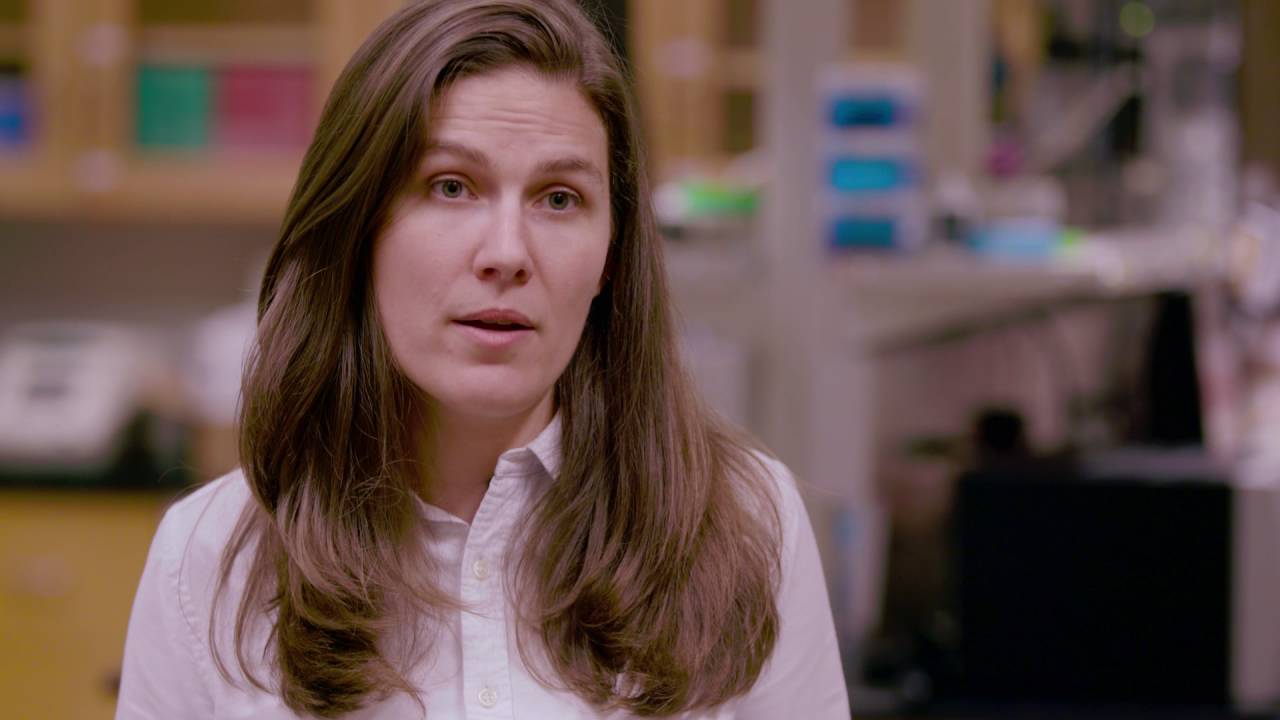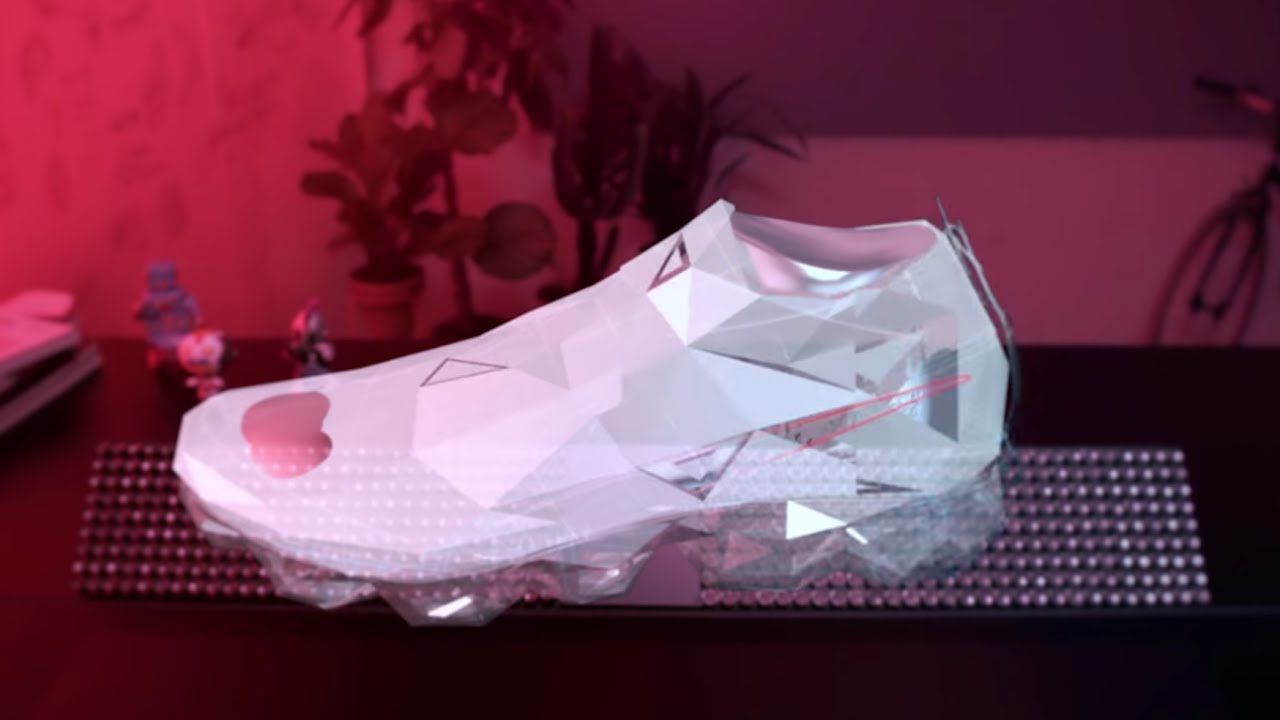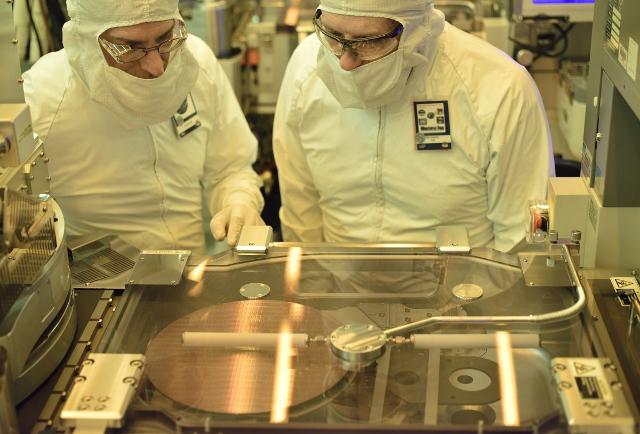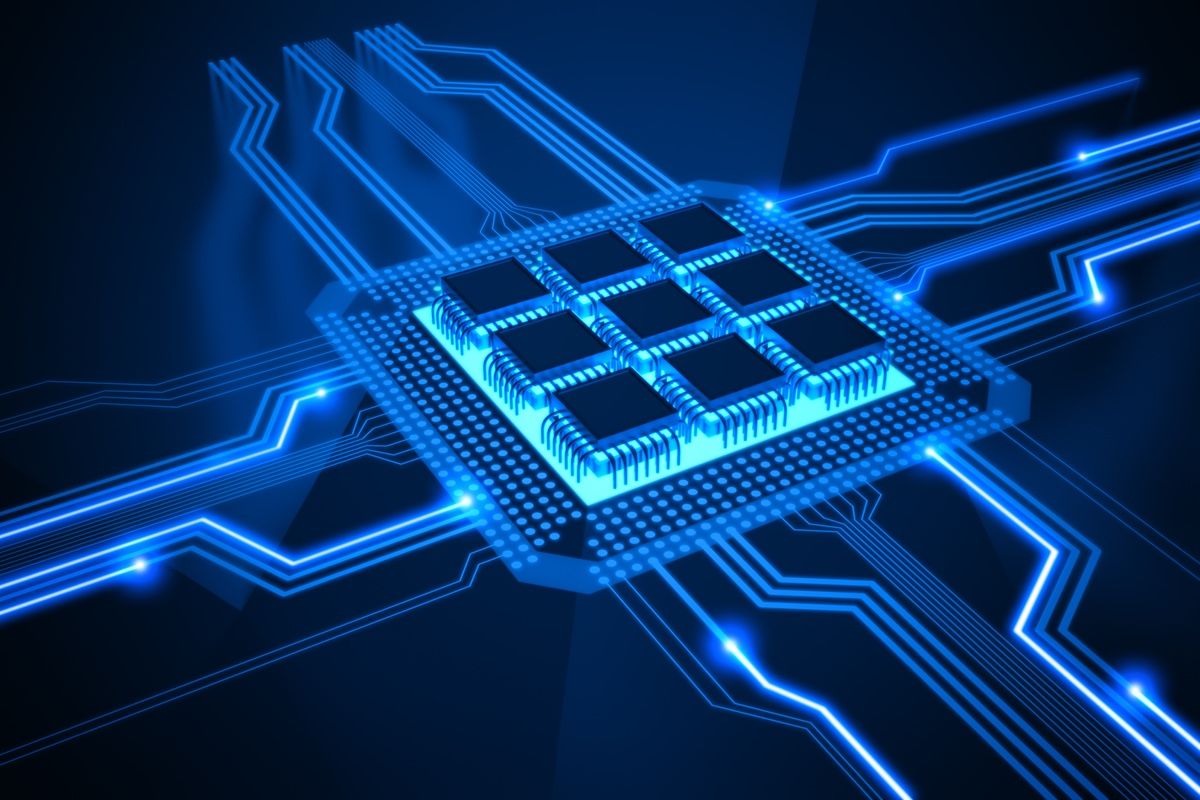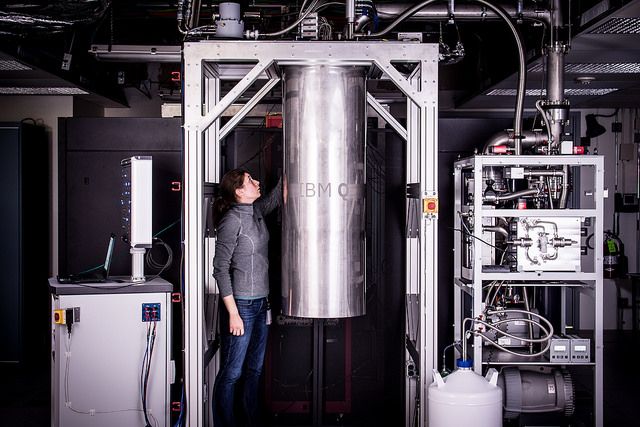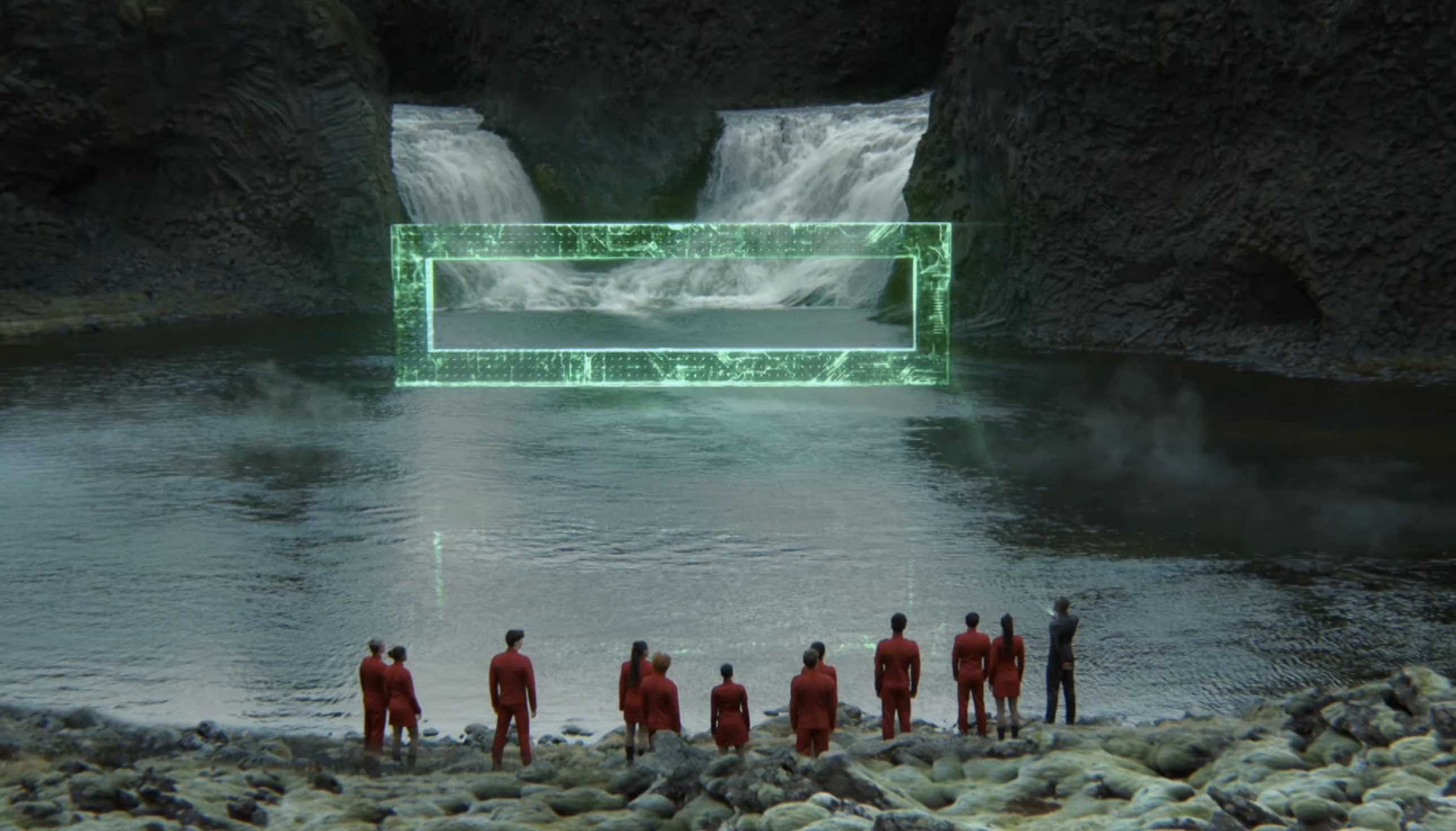IBM announced today it has successfully built and tested its most powerful universal quantum computing processors. The first new prototype processor will be the core for the first IBM Q early-access commercial systems. The first upgraded processor will be available for use by developers, researchers, and programmers to explore quantum computing using a real quantum processor at no cost via the IBM Cloud. The second is a new prototype of a commercial processor, which will be the core for the first IBM Q early-access commercial systems.
Launched in March 2017, IBM Q is an industry-first initiative to build commercially available universal quantum computing systems for business and science applications. IBM Q systems and services will be delivered via the IBM Cloud platform. IBM first opened public access to its quantum processors one year ago, to serve as an enablement tool for scientific research, a resource for university classrooms, and a catalyst of enthusiasm for the field. To date users have run more than 300,000 quantum experiments on the IBM Cloud.
With the introduction of two new processors today for IBM Q, the company is building the foundation for solving practical problems in business and science that are intractable even with today’s most powerful classical computing systems. The two new IBM-developed processors include:
Read more
